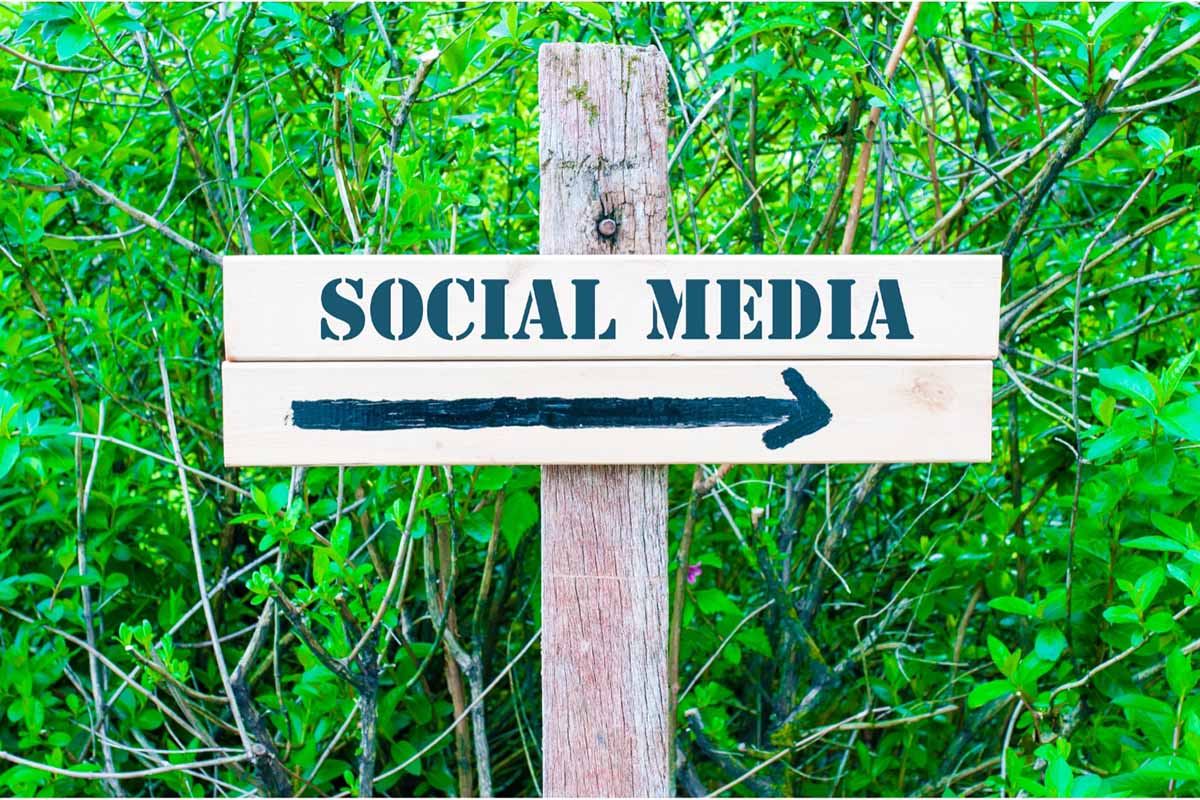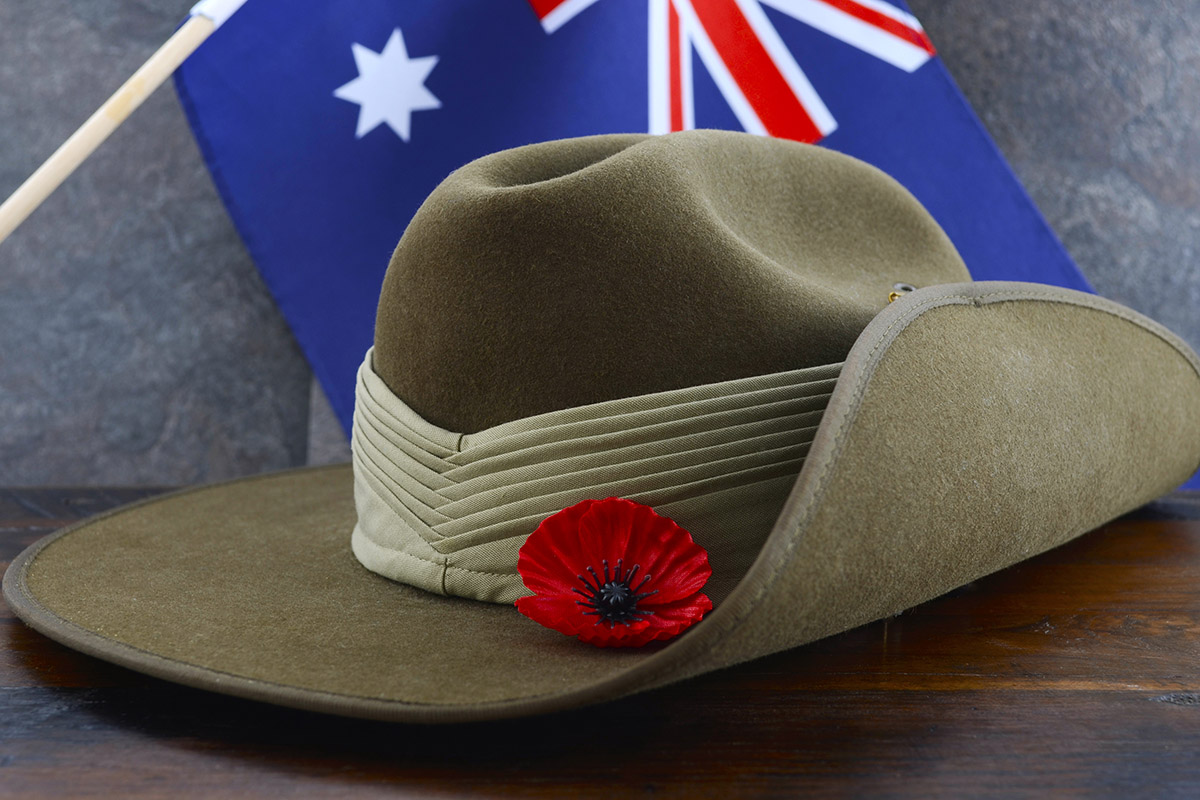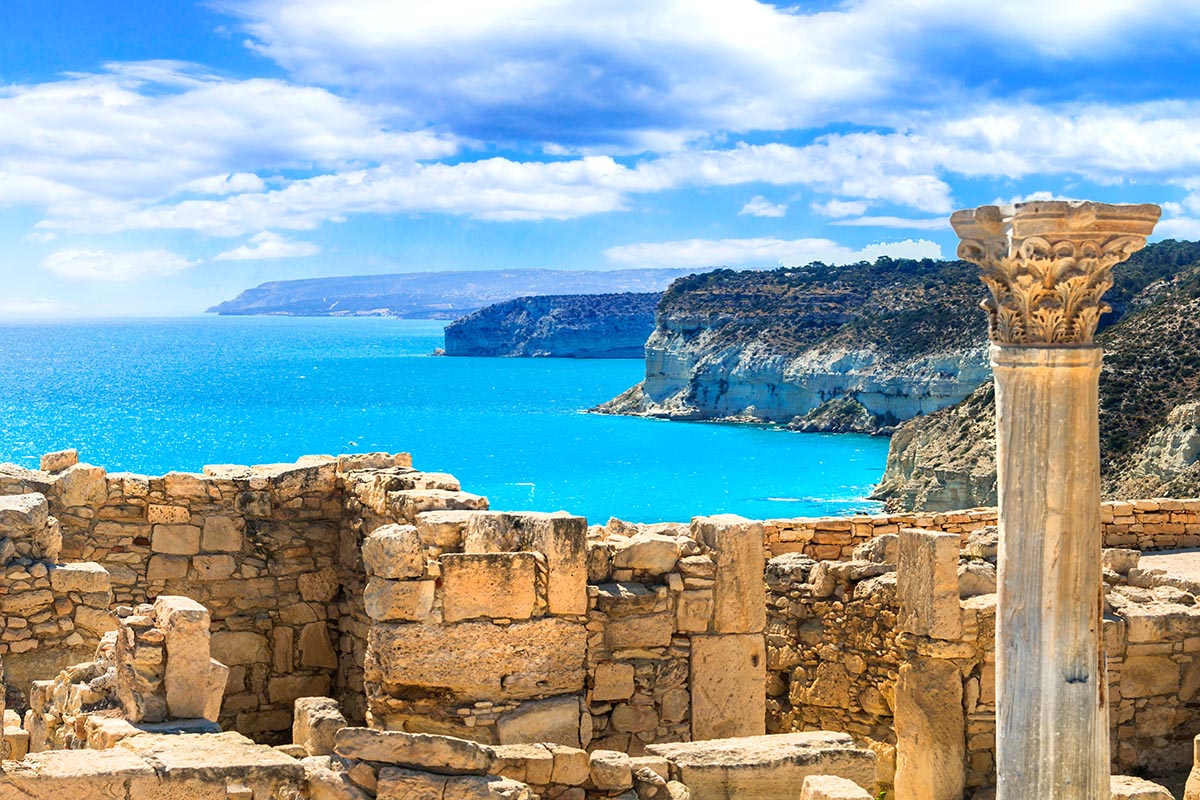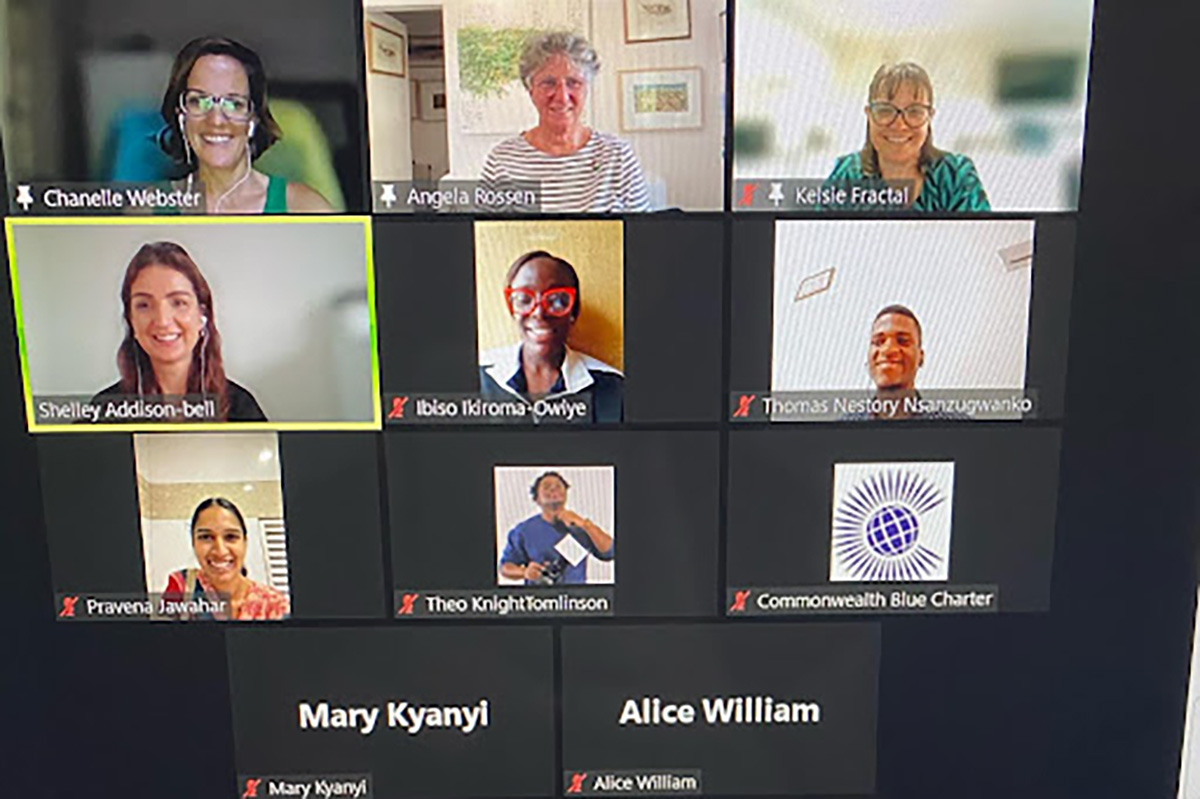The Digital Wild: Going Viral for Nature with 8 Social Media Hacks for Conservationists
February 1by Metolo Foyet
Conservation messaging has often faced gaps, not only in effectively engaging wider and more diverse audiences but also in effectively reaching and resonating with specific, targeted audiences. While valuable, traditional methods, such as print media or in-person campaigns may not always resonate with digitally savvy generations and, significantly, policy and law makers, for whom social media has evolved into a crucial component of political discourse, enabling them to voice their perspectives, disseminate information, and engage with constituents online.

In countries where a large number of stakeholders coexist with wildlife, the narrative takes a different turn as they grapple with unfavourable international laws, frequently without direct involvement in shaping these regulations. Furthermore, the digital divide exacerbates an unequal discourse. For instance, even though Namibia’s mobile subscriptions exceed its population at 2.75 million, only a third of these use their phones to access the internet. Most (92%) are pre-paid connections, which raises issues around data costs for accessing online information. Only a quarter of Namibians are active social media users with the most growth seen in Instagram (230 000 users) and Twitter users (46 0000 users); only 35% of Facebook users are over 13 years of age. Most men use Twitter and LinkedIn, and women use Facebook and Instagram (NACSO, 2023).
In this era of computational public policy, there is a growing need for wildlife conservation efforts to adopt virtual strategies, to better align with the evolving landscape of policymaking and stakeholder engagement. Harnessing digital technologies, such as machine learning, remote sensing, and data analytics in the conservation field is allowing policymakers to gather real-time, comprehensive data on wildlife populations and ecosystems. Although these data-driven approaches have enhanced the precision of policy decisions, they do not always enable more effective allocation of resources for conservation initiatives, due to factors often overlooked such as social media influence.
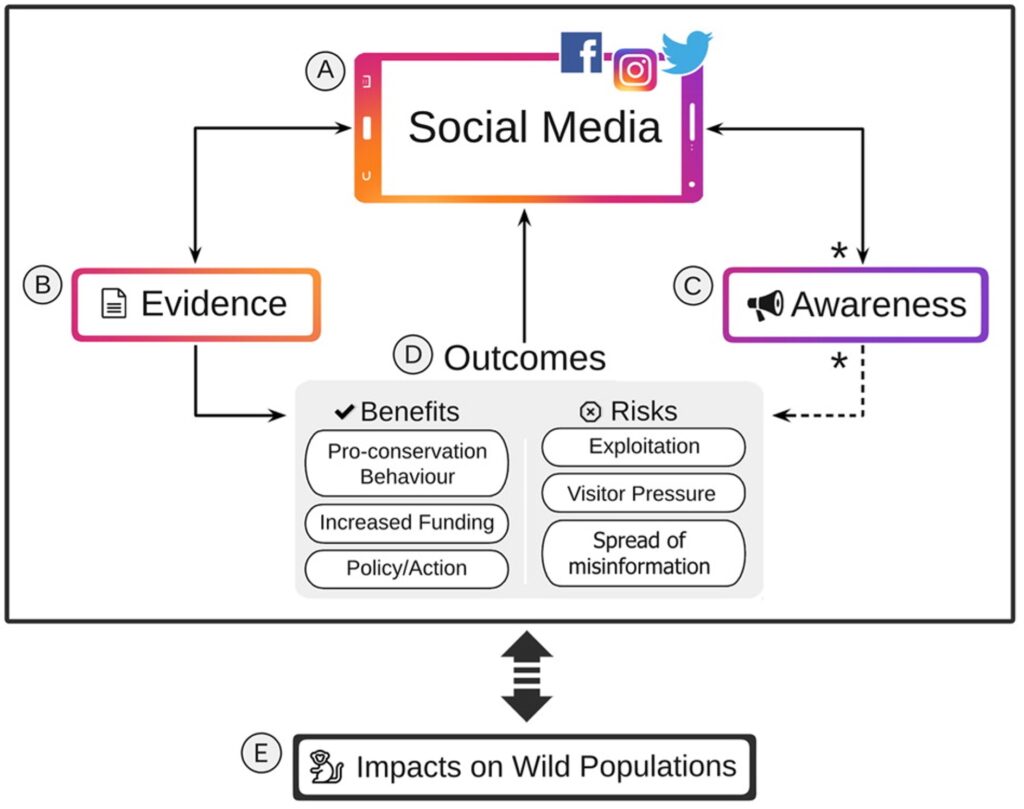
Extracted from a paper
Over the past decade there has been a proliferation of academic research and practitioner literature that has sought to address the question of how to more effectively communicate conservation, and progress has been made by the likes of Oxford’s researcher Verissimo, who highlights the need for modern and interdisciplinary approaches integrating visual (over verbal) communication strategies at the intersection of psychology and social marketing. Imagery has played a pivotal role in climate change communication, but for issues specific to wildlife conservation (e.g. sustainable game hunting), which are particularly delicate to communicate, let alone visualize, far fewer studies have focused on visual communication.
Here’s where social media can play a decisive role in filling these gaps. Their visual and interactive nature allows for the dissemination of compelling content, which can help bridge the gap between scientific jargon and public understanding. By leveraging the reach, immediacy, and multimedia capabilities of social media, conservation messages can transcend traditional geographical and cultural boundaries and effectively mobilize a wider and more diverse audience towards action and awareness. While challenges like misinformation persist, the strategic use of social media can significantly facilitate collaboration among scientists, policymakers, and stakeholders from around the world, allowing for the development of more comprehensive and effective conservation policies. As computational methods become increasingly integral to public policy, integrating virtual tools, unprecedented indigenous voices and data-driven insights into wildlife conservation practices is essential for addressing the complex challenges facing our natural ecosystems. In this regard, here are eight ways to use social media to enhance conservation messaging:
1. Snapchat
Snapchat is a powerful tool for conservation organizations to drive action through storytelling. With the “Stories” feature, they can share real-time updates on conservation initiatives and success stories, capturing the attention of users and changing behaviors by increasing understanding about the importance of their mission. The “Behind the Scenes” content would showcase daily activities of conservation practitioners, helping users understand the challenges and perspectives of stakeholders at various points along the wildlife value chain, and the efforts they put into navigating the complexities at the nexus of wildlife protection and human rights. Snapchat’s GeoFilters and augmented reality Lenses can creatively promote conservation events, fundraising campaigns, or highlight unique aspects of the targeted biodiversity; while the “Swipe Up” feature would direct users to donation pages/crowdfunding campaigns supporting conservation projects. Finally, conservation-themed challenges and contests on Snapchat can encourage active user engagement in conservation efforts.
2. Tiktok
On TikTok, organisations can share conservation ideas, practical tips, and guidelines. Also, sharing behind-the-scenes moments and daily challenges and successes would humanize conservation work and foster empathy and understanding among users. Highlighting community contributions can garner support and recognition for their work, therefore, TikTok’s short videos can host conservation challenges, encouraging user participation and creative expressions of support for local efforts.
3. Flickr and Instagram
As photo-sharing platforms, both can serve conservation efforts in wildlife-rich areas by acting as a visual storytelling tool to promote appreciation for landscapes, people and wildlife, and showcase native conservation efforts, through initiatives such as photographic challenges and educational albums. Geotagging photographs can provide a visual representation of important conservation areas and protected regions. This can help users understand the geographic distribution of wildlife and conservation efforts in targeted areas.
4. YouTube
Videos are a potent online engagement tool, and with 1.5 billion monthly users, YouTube is the largest video community. Conservation organizations can tap into this vast audience for global outreach and donor engagement. Utilizing YouTube’s ‘Shorts’ and ‘breaking news’ features creatively enhances public awareness for specific target audiences.
5. Partnerships with influencers and art industry talents
Collaborative efforts can amplify your conservation messaging. Besides flagship species, influencers and art industry talents can play a crucial role in supporting conservation efforts by utilizing their reach, creativity, and influence to raise awareness, drive engagement, and promote positive action.
6. Facebook
As the world’s top social network, Facebook offers a better chance for users to discover your organization through its page rather than your website. This opens doors to connect with avid supporters, friends, donors, and volunteers. Facebook boosts visibility and credibility by sharing website updates directly, and its Messenger app enables direct communication with followers.
7. Twitter
A real-time, politically charged platform with many legislators and decision-makers, Twitter is ideal for strategic engagement and agenda setting. Conservation organizations can use it to share updates and educational content, while also driving engagement through polls, Q&A sessions, and Twitter chats to build momentum.
8. LinkedIn
LinkedIn, a professional network, is ideal for sharing educational content (in-depth articles, reports…) on wildlife conservation. Additionally, interdisciplinary webinars and live streaming on platforms Instagram Live, Twitter Spaces, or LinkedIn Live can be leveraged to explore cross-field applications in wildlife conservation, showcase fieldwork, and host expert interviews or mentoring sessions. Lastly, social media analytics would help track conservation impact and inform strategy adjustments based on performance data.
Through creative and strategic utilization of social media features, conservation organizations can unlock unexplored opportunities.
